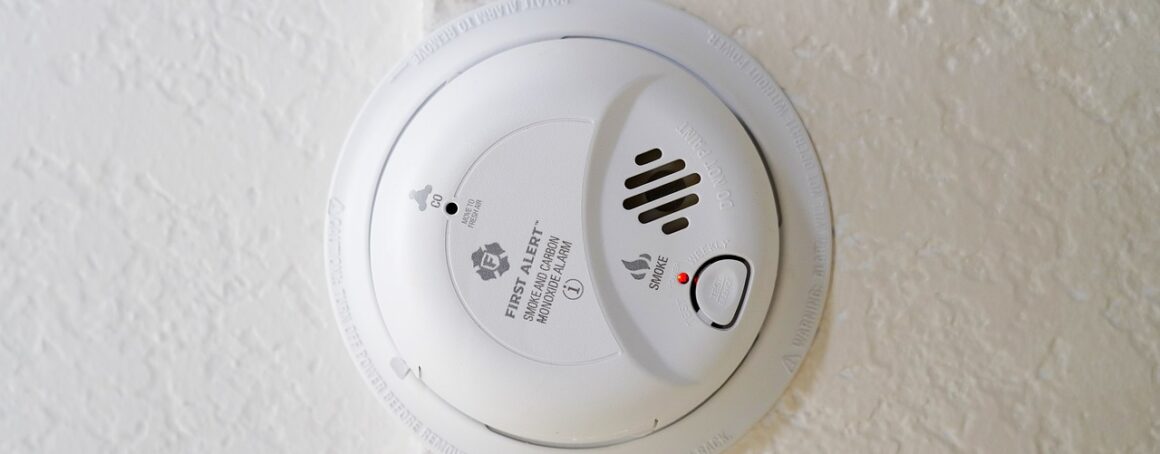Carbon Monoxide Safety in Commercial Workplaces

Operators of commercial workplaces need to be aware of the dangers of carbon monoxide gas and have safety procedures relating to carbon monoxide in place for their employees. To learn how to keep your employees safe around carbon monoxide, please read the following article from the Propane Education and Research Council (PERC).
Carbon Monoxide and Worker Safety
Carbon monoxide is an odorless, colorless, tasteless, and extremely dangerous poison gas. Carbon monoxide is produced by burning nearly any type of fuel, including propane gas, fuel oil, wood, kerosene, gasoline, diesel fuel, and natural gas. High levels of carbon monoxide can be generated by internal combustion engines or by appliances that are defective, or improperly installed, operated, or maintained. Carbon monoxide buildup can also occur if an appliance venting system becomes blocked.
Carbon Monoxide is Deadly
High levels of this dangerous gas will make you dizzy, give you headaches, or cause flu-like symptoms. In extreme cases, it can cause brain damage and death. Young people, the elderly, people with heart disease, and those under the influence of medication, alcohol, or drugs are particularly susceptible to carbon monoxide poisoning.
As a commercial entity using a gas fuel, your organization must develop a procedure for addressing and responding to potential carbon monoxide incidents. The following information may be helpful.
Develop a Carbon Monoxide Plane for your Workplace!
Plan Considerations:
- If anyone in the workplace shows physical symptoms of carbon monoxide poisoning, get everyone out of the building.
- If no one has physical symptoms of carbon monoxide poisoning, but anyone suspects carbon monoxide is present, follow your organization’s protocol. Or shut off equipment and call emergency services such as your fire department.
Reducing the Risk of Carbon Monoxide Poisoning
Follow these guidelines to reduce your organization’s risk of carbon monoxide poisoning.
- Have a qualified professional inspect propane equipment or appliances, as well as their venting or exhaust systems, annually.
- Consider the use of propane gas and carbon monoxide detectors.
- Never use portable heaters indoors unless they are designed and approved for indoor use.
- Regularly check appliance exhaust vents for blockages.
- Keep chimneys, flues, and vents free of snow and ice.
- Follow manufacturer’s instructions for placement and use of ventless appliances.
Watch for Signs of Malfunctioning Equipment
These are some signs of improper appliance/equipment operation that can generate high carbon monoxide levels:
- Sooting, especially on appliances and vents.
- Unfamiliar burning odors.
- Increased moisture inside of windows.
- Yellow flames in gas appliances (typically, propane-supplied flames are blue).
Important Guidance for Employees
If you witness someone who has potentially been overcome by carbon monoxide, do not attempt to rescue them without appropriate personal protective equipment or training. Exit the area and alert emergency responders.
To learn more about carbon monoxide and propane safety in commercial workplaces, visit Safety Articles | PERC (propane.com).
"*" indicates required fields


